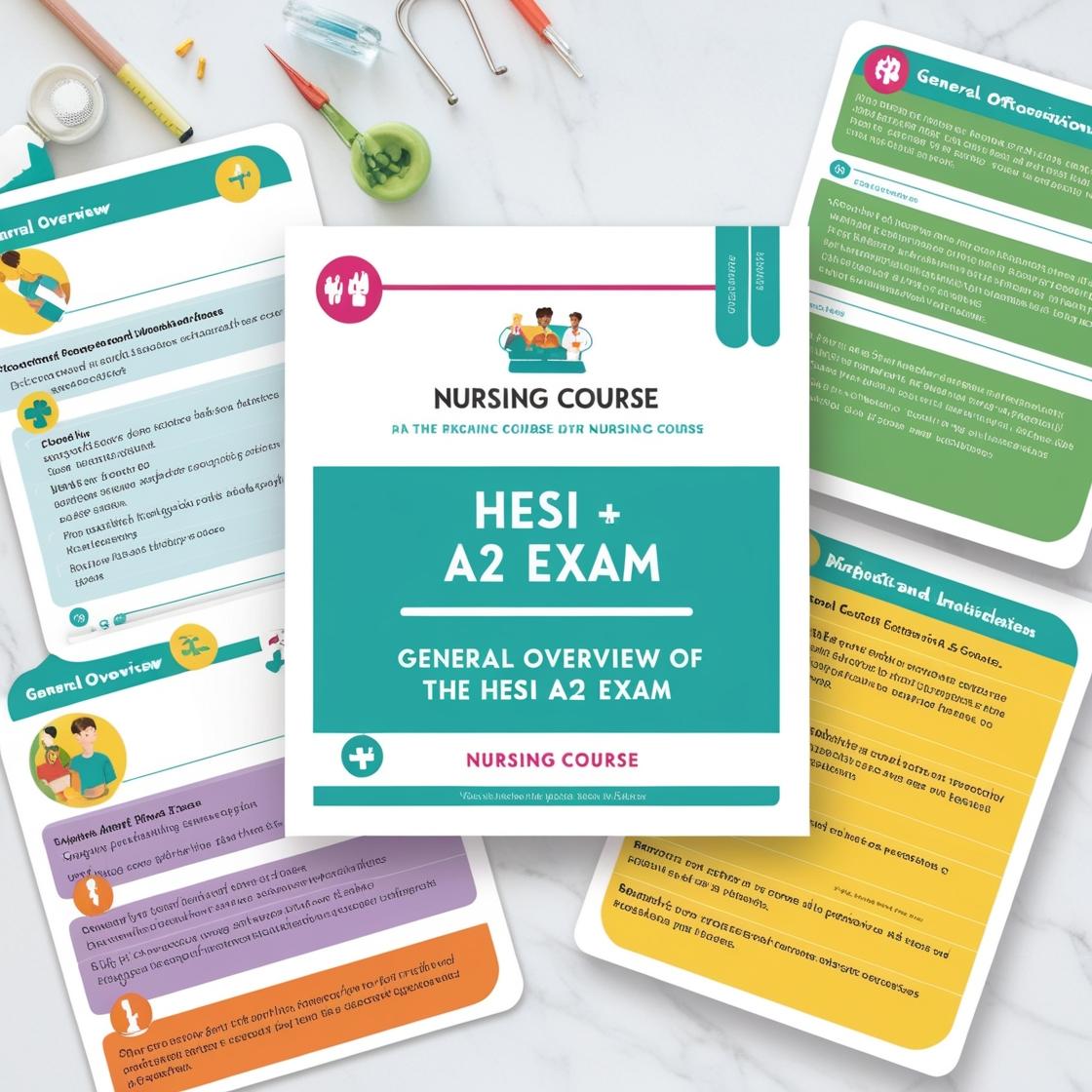HESI A2
HESI A2 Anatomy and Physiology Quizlet
1. Which part of the brain is responsible for processing sensory information?
- A. Frontal lobe
- B. Parietal lobe
- C. Occipital lobe
- D. Temporal lobe
Correct answer: B
Rationale: The parietal lobe of the brain is responsible for processing sensory information such as touch, temperature, and pain. It integrates sensory information from various parts of the body, allowing an individual to perceive and respond to different stimuli. Functions like spatial awareness and perception of the body's position in space are also associated with the parietal lobe. The frontal lobe is responsible for functions like decision-making and personality. The occipital lobe is primarily involved in visual processing, and the temporal lobe plays a role in memory and auditory processing.
2. Which part of the brain controls involuntary actions such as breathing and heart rate?
- A. Cerebrum
- B. Cerebellum
- C. Medulla oblongata
- D. Hypothalamus
Correct answer: C
Rationale: The medulla oblongata, located at the base of the brainstem, controls essential involuntary actions such as breathing, heart rate, and blood pressure. It plays a crucial role in maintaining vital functions necessary for survival. The cerebrum is responsible for voluntary actions, conscious thought, and sensory processing, making it an incorrect choice. The cerebellum primarily coordinates movement, balance, and posture, not involuntary actions like breathing and heart rate. The hypothalamus regulates body temperature, thirst, hunger, and controls the endocrine system, but it is not directly responsible for controlling breathing and heart rate.
3. What is the primary function of the respiratory system?
- A. To absorb oxygen
- B. To transport nutrients
- C. To produce sound and speech
- D. To regulate blood pressure
Correct answer: A
Rationale: The primary function of the respiratory system is to absorb oxygen from the air into the bloodstream and expel carbon dioxide from the body. This process is essential for cellular respiration and the production of energy in the body. Option A, 'To absorb oxygen,' aligns with this crucial function, making it the correct choice. Choices B, C, and D are incorrect as they do not represent the primary function of the respiratory system. The respiratory system is not responsible for transporting nutrients (choice B), producing sound and speech (choice C), or regulating blood pressure (choice D).
4. Which gland is known as the 'master gland'?
- A. Thyroid gland
- B. Pituitary gland
- C. Adrenal gland
- D. Pineal gland
Correct answer: B
Rationale: The pituitary gland, often referred to as the 'master gland,' is the correct answer. It is responsible for regulating the release of hormones from other endocrine glands in the body. The pituitary gland controls various bodily functions and plays a crucial role in maintaining hormonal balance, making it a central and vital component of the endocrine system. The other options, such as the thyroid gland (A), adrenal gland (C), and pineal gland (D), have important functions in the endocrine system but are not specifically known as the 'master gland.'
5. Which hormone is produced by the pancreas?
- A. Insulin
- B. Glucagon
- C. Somatostatin
- D. Cortisol
Correct answer: A
Rationale: Insulin is the correct answer. Insulin is produced by the pancreas and plays a crucial role in regulating blood glucose levels. It facilitates the uptake of glucose into cells, helping to lower blood sugar levels. Glucagon, on the other hand, is also produced by the pancreas but functions to raise blood glucose levels by stimulating the release of glucose from the liver. Somatostatin is another hormone produced by the pancreas that helps regulate the endocrine system. Cortisol, produced by the adrenal glands, plays a role in stress response and metabolism, not by the pancreas.
Similar Questions

Access More Features
HESI A2 Basic
$89/ 30 days
- 3,000 Questions with answers
- 30 days access @ $89
HESI A2 Premium
$129.99/ 90 days
- Actual HESI A 2 Questions
- 3,000 questions with answers
- 90 days access @ $129.99
